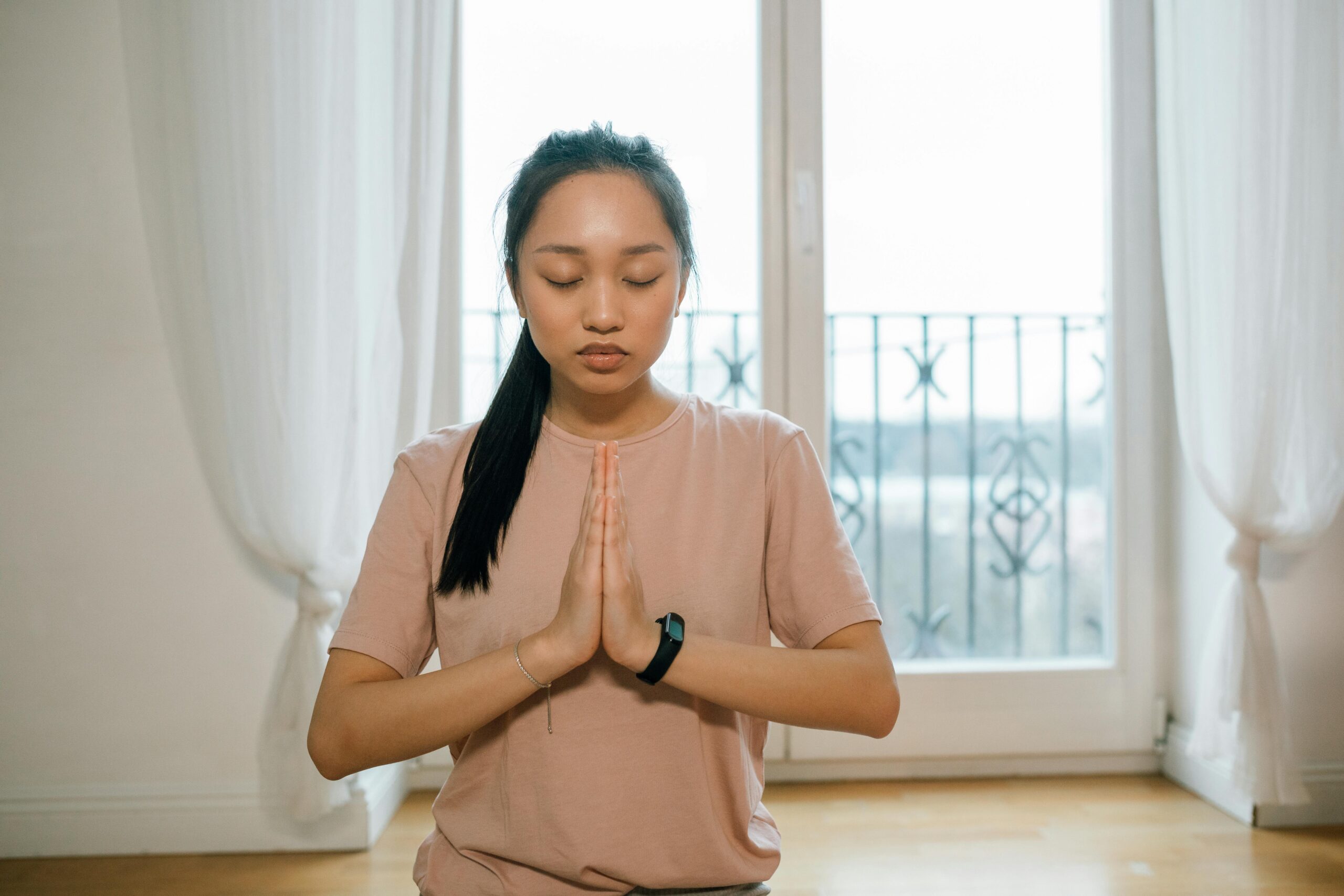Holistic health is all about looking at the bigger picture. It’s not just about feeling good physically, but getting everything—mind, body, and spirit—working together nicely. When you think holistically, you’re thinking about all parts of your life and how they connect. This means looking beyond just the symptoms and trying to understand how everything affects everything else.
One of the key ideas here is this incredible connection between our mind, body, and spirit. It’s pretty amazing to see how they interact with each other. Our mental state can affect our physical health and even our soul feels it when we’re out of sync. By tuning into this connection, you start noticing what your body needs and make choices that help keep everything in balance.

There are tons of holistic practices to try out and find what works for you. Yoga and meditation are biggies, offering ways to relax and listen to what your body’s saying. Acupuncture is another cool one that many folks swear by for balancing energy and alleviating stress. Don’t forget about simple stuff like taking time for a nature walk or treating yourself to a long bath—it all counts!
Incorporating holistic practices into your daily routine can have some awesome benefits. It’s not just about avoiding sickness, but feeling energized and alive. Adding even small changes can make a big difference over time, turning everyday life into a journey toward better wellbeing.
The 5 Pillars of Holistic Wellbeing: Building a Healthier You
Holistic wellbeing brings together five key elements: physical, emotional, mental, social, and spiritual health. These aren’t just separate parts of your life, but rather a connected system where each part supports the others.
Physical health often gets a lot of attention with exercise and a balanced diet. But it’s more than just hitting the gym. It’s about moving in ways you enjoy and eating foods that fuel you, making sure your body can function at its best.
Emotional wellbeing is about understanding and respecting your own feelings, plus finding smart ways to cope with stress and difficult emotions. Whether it’s through art, talking with friends, or getting professional support, finding outlets for emotions is essential.
Mental health goes beyond just not having a mental illness—it’s about feeling positive and engaged in life. Activities like puzzles, reading, or learning new skills keep the brain sharp and moods lifted.
Social wellness connects deeply with your relationships and community. Surrounding yourself with supportive people can help you navigate life’s ups and downs. Finding time to nurture these connections strengthens all pillars of health.
Spiritual health isn’t necessarily about religion, but about finding meaning and purpose in life. This could involve meditation, spending time in nature, or exploring new philosophies. Aligning with your values provides inner peace and direction.
Focusing on these interconnected pillars means not just surviving, but thriving. By enhancing each area, you create a stronger foundation for overall health and a sense of fulfillment and contentment.
Understanding the 4 Pillars of Holistic Care: Guiding Principles for Health
When it comes to staying on top of your health, you can’t overlook the four pillars that form the foundation of holistic care. These principles—nutrition, exercise, mindset, and environment—work together to create a solid plan tailored just for you.
Let’s start with nutrition, which is more than just eating your greens. It’s about nourishing your body with foods that make you feel good from the inside out. Listening to what your body craves and paying attention to how different foods make you feel can lead to smarter choices.
Exercise isn’t just about getting in shape; it’s about finding activities that you enjoy and that keep you moving. Whether you’re dancing, hiking, or just going for a stroll, staying active helps boost your mood and keeps your body in tip-top shape.
Mindset plays a massive role in holistic care. By fostering a positive outlook and practicing mindfulness, you can overcome challenges more easily. Developing mental resilience helps in dealing with life’s curveballs and maintains inner equilibrium.
Then there’s your environment, which impacts your wellbeing more than you might think. Surrounding yourself with positivity—whether it’s through a clean living space or spending time in nature—can significantly enhance your health journey.
Creating a personalized care plan that considers these pillars means looking beyond just symptoms and taking charge of your overall wellness. Real-life stories and cases demonstrate how powerful these principles are in transforming lives, showing how achievable a balanced, healthy lifestyle can be.
The Wellness Pyramid: Creating a Sustainable Lifestyle
The wellness pyramid offers an intriguing way to look at balancing life. You can picture it almost like a to-do list for creating a sustainable lifestyle that supports your health and happiness.

The base of the pyramid is all about safety and security. We’re talking essentials like having a safe space and enough resources to take care of basic needs. This solid foundation is where all good health starts. Without it, everything else we build could collapse.
Then you’ve got the middle layers covering things like your nutritional intake and physical activity. It’s about understanding your body’s needs and keeping it fueled and moving in ways that feel right for you. Stress management also gets a spot here, reminding you to look after your mental health too.
At the top, it’s all about purpose and personal growth. This is where the real magic happens. Finding what gives your life meaning is what holds everything together. It might be your career, a hobby, or helping others, but it’s crucial for keeping you motivated and fulfilled.
Balancing these levels isn’t always easy, but when it happens, the impact is powerful. Achieving a resilient lifestyle means adapting and maintaining balance in each part of the pyramid, setting you on the path to long-term wellbeing.


This post offers a profoundly insightful look into holistic health and pyramid practices. I appreciate how you’ve woven together the interconnected pillars of wellbeing and the guiding principles of holistic care. How do you think modern society can better integrate these principles into daily life? What role can technology play in supporting holistic wellness, and are there any emerging trends or research we should be aware of?
Hi Cyril
Thank you for such thoughtful feedback! Integrating holistic wellness principles into daily life could transform how we approach health, making it more about balance and connection across physical, mental, and spiritual realms. One way modern society can better embrace these principles is through creating accessible spaces—both physical and digital—that encourage practices like mindfulness, grounding, and intentional relaxation. Schools, workplaces, and community centers can play a big role in normalizing practices like meditation, breathwork, and even subtle energy therapies.
Technology has already begun to support holistic wellness in exciting ways, from wearables that track not just fitness but also stress levels, sleep quality, and heart rate variability, to apps that offer guided practices and energy healing sessions. Emerging trends like virtual reality (VR) and augmented reality (AR) are opening new doors, allowing users to immerse themselves in calming natural landscapes or experience guided meditation in a deeper way. AI-powered wellness tools are also beginning to personalize recommendations for nutrition, exercise, and stress relief based on individual metrics, which can help people create wellness routines that feel uniquely tailored.
In terms of research, the mind-body connection and subtle energy practices are gaining more attention. Studies exploring how meditation, energy work, and biofield therapies impact cellular health and neuroplasticity are expanding. Also, interest in ancient practices like Ayurveda and Traditional Chinese Medicine is growing, blending with modern science to create integrative approaches that support holistic health. This bridging of ancient wisdom and modern technology could make holistic wellness principles more accessible and impactful in our daily lives.
Kindest regards
Alan
Unfortunately, I couldn’t access the article as the website seems to be restricted. However, the title *Holistic Health and Pyramid Practices* sounds intriguing, and I’m eager to explore how pyramid meditation can contribute to overall well-being. I look forward to revisiting the site in the future to gain deeper insights into this unique approach to holistic health.
Thank you for sharing your thoughts! It’s wonderful to see your curiosity about Holistic Health and Pyramid Practices. Pyramid meditation is indeed a fascinating topic, often blending ancient wisdom with modern approaches to well-being. The idea that geometric shapes like pyramids could influence energy fields and enhance meditation is intriguing and opens up so many possibilities for holistic health.
While the website wasn’t accessible this time, there are plenty of resources out there to explore. Pyramid meditation is known for its potential to boost focus, amplify energy, and promote a sense of tranquility. If you’d like, I’d be happy to share alternative resources or insights to help you delve into this practice while you wait to revisit the article.
What aspect of pyramid practices interests you most—energy healing, meditation benefits, or the science behind its effects? Let me know, and I’ll gladly point you in the right direction!
Regards,
Alan